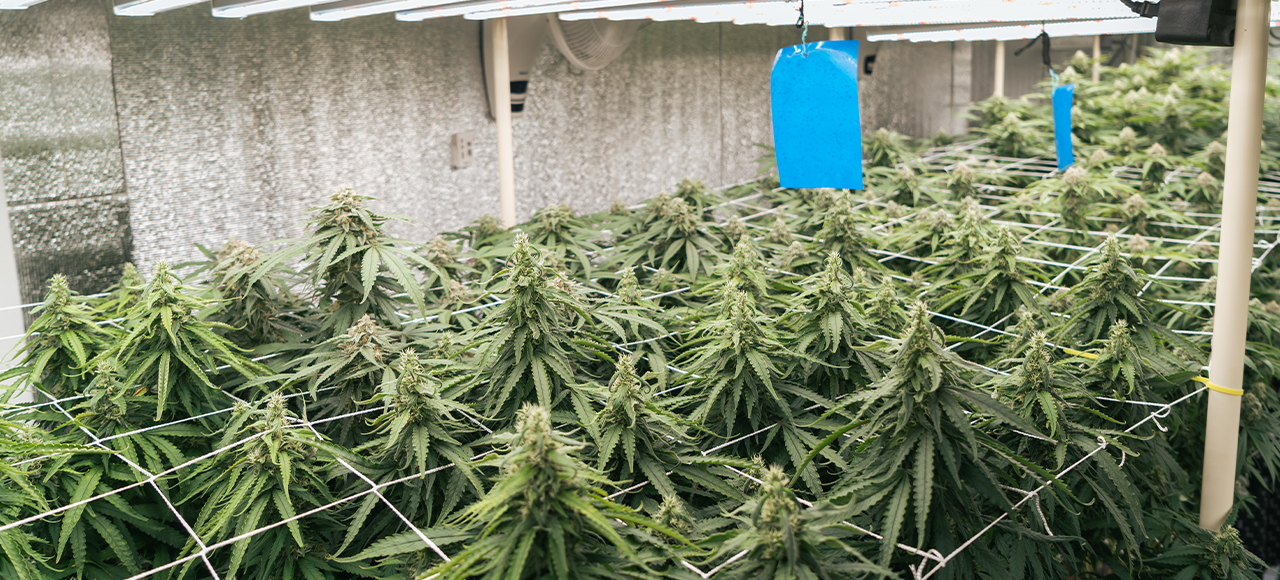
Growing your own cannabis at home can be a rewarding and cost-effective way to access high-quality cannabis. In Massachusetts, adults 21 and over are allowed to cultivate cannabis plants at home under specific regulations. Whether you’re growing for personal use or medical purposes, understanding the legal framework and best practices is essential to ensure a successful and compliant grow.
In Massachusetts, individuals 21 and over are legally allowed to grow up to six cannabis plants per person, with a maximum of 12 plants per household, regardless of the number of adults living there. The plants must be grown in a secure location, out of public view. Additionally, all cannabis produced by these plants must be stored in a secure place within the home.
The first step in cannabis cultivation is choosing the right seeds. Cannabis seeds are available in three main types: regular, feminized, and autoflowering. Regular seeds can produce either male or female plants, while feminized seeds are bred to produce only female plants, which are the ones that yield usable buds. Autoflowering seeds are easier for beginners, as they automatically switch from the vegetative to the flowering stage with age, rather than with changes in light cycle.
Creating the right environment is crucial for successful cannabis cultivation. Cannabis plants need a well-ventilated space with a consistent temperature between 70-85°F during the day and slightly cooler at night. They also require specific humidity levels, which vary depending on the growth stage. Lighting is another critical factor—LED, HID, or fluorescent lights are commonly used for indoor growing.
Cannabis plants thrive in rich, well-draining soil that provides the necessary nutrients. You can choose between soil or hydroponic systems, with each having its own advantages. Soil is more forgiving for beginners, while hydroponics can offer faster growth and higher yields. Nutrients such as nitrogen, phosphorus, and potassium are vital for plant health and should be adjusted according to the growth stage.
Proper watering is essential for cannabis plants. Overwatering or underwatering can lead to a variety of problems, including root rot or nutrient deficiencies. It’s important to maintain a balance and adjust watering schedules based on the plant’s needs and environmental conditions.
This is the first stage of the cannabis life cycle, where the seed sprouts and the initial root (taproot) begins to grow. This stage typically lasts 3-10 days.
During this stage, the plant focuses on growing leaves, stems, and roots. The vegetative stage is crucial for developing a strong foundation and typically lasts 3-16 weeks. Plants should receive 18-24 hours of light each day.
The flowering stage is when the plant starts to develop buds, which are harvested for consumption. This stage usually lasts 6-12 weeks and requires a light cycle of 12 hours of light followed by 12 hours of complete darkness.
This is the first stage of the cannabis life cycle, where the seed sprouts and the initial root (taproot) begins to grow. This stage typically lasts 3-10 days.
Cannabis plants are susceptible to various pests and diseases. Common issues include spider mites, powdery mildew, and root rot. Regular monitoring and early intervention are key to maintaining plant health. Organic pest control methods, such as neem oil and insecticidal soaps, can be effective without harming the plants.
Always stay informed about local regulations regarding cannabis cultivation. Ensure that your grow operation is fully compliant with state laws to avoid legal
After harvesting, the buds need to be dried and cured properly to enhance their flavor, potency, and overall quality. Drying should be done in a dark, cool space with good air circulation, followed by curing in airtight containers for several weeks.
Nausea is an unpleasant, diffuse sensation of unease and discomfort, often perceived as an urge to vomit.
Get Started
Get updates about our company and related news about canabis. Get exclusive access when we launch new products
We use cookies to personalize content and ads, to provide social media features, and to analyze our traffic. We also share information about your use of our site with our social media, advertising, and analytics partners.
